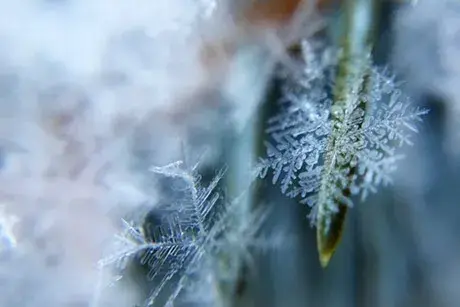Holidays

The holiday season is upon us again! This year, instead of focusing on solely on Christmas, we want to share some holiday traditions that take place throughout the world.
Let’s start in Europe! In Austria, the night before the Feast of St. Nicholas the Krampus appears. The Krampus, a half-goat, half-demon swats at naughty children. It is believed that Krampus was created to counter St. Nicholas, who rewards good children with treats. On the flip side of the Krampus, St. Nicholas Day is celebrated is celebrated in some of the Low Countries and Germany. Children will leave carrots or grass for St. Nicholas’ donkey or horse and they will find cookies, candies, and gifts under their pillows or in their shoes or stockings.
Hanukkah, or Chanukah, begins on the 25th of the Jewish month of Kislev. In the second century B.C. there was a large rebellion that broke out against the Jewish oppressors, the Greek-Syrians, in what is now known as the Maccabean Revolt. The Second Temple was cleansed and the menorah was lit. While there was only enough olive oil to have the menorah burning for one day, the menorah burned for eight nights. This has become known as the Hanukkah “miracle”. To celebrate Hanukkah, there is the tradition to light the menorah each night for eight days. In India, Hanukkah is celebrated by using wicks dipped in coconut oil instead of candles to light their menorah. They also choose to celebrate with native Indian treats of burfi, puranpoli, and modak laddus and sweet rice instead of the more traditional Hanukkah foods of latkes and chocolate gelt.
Winter Solstice is celebrated around the world, and typically falls on December 21st. Newgrange, a tomb located in Ireland in the Boyne Valley, is known for its passage chamber being illuminated during the winter solstice. The theory is that the Stone Age farmers who built Newgrange intended this day to mark the start of a new year. Visitors can apply for the lottery to be one of the lucky few who can be onsite when the sun starts to illuminate the passage.
Kwanzaa is an African-American holiday celebrated from December 26th through January 1st. Professor Maulana Karenga created the name and celebration in 1966. Each day of Kwanzaa is dedicated to one of the seven principles: unity, self-determination, collective responsibility, cooperative economics, purpose, creativity, and faith. There are also seven symbols of the holiday symbolizing the seven principles: fruits, vegetables, and nuts; a straw mat; candleholder; ears of corn; gifts; communal cup; and seven candles in red, green, and black. Each day during the celebration, the family gathers to light the candles and talk about the principle for that day. On December 31st, families have a community feast known as Karamu.
The Chinese New Year is a 15-day festival in China and in Chinese communities across the world. The Chinese New Year starts with the new moon, which falls between January 21st and February 20th. One of many popular legends about the Chinese New Year says that thousands of years ago a dragon attacked villagers on the new year. Since the monster was afraid of loud noises, bright lights, and the color red, the villagers used these things to scare him away. People around the world celebrate the Chinese New Year with fireworks and red clothing. For the Lantern Festival, the last event celebrated during the Chinese New Year, people hang glowing lanterns in temples or carry them during a nighttime parade. A parade of dancers carries a colorful dragon, a symbol of good fortune in the Chinese culture.
Whatever your plans are during the winter months, we hope you all stay safe and healthy!
Library Blog


